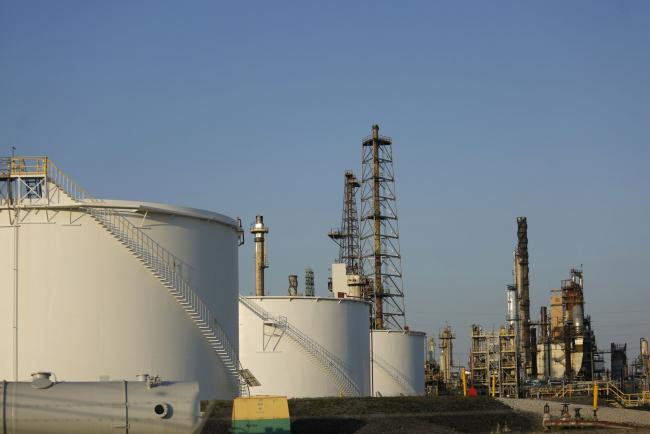(Bloomberg) -- The U.S. solidified its status as an energy producer by posting the first full month as a net exporter of crude and petroleum products since government records began in 1949.
The nation exported 89,000 barrels a day more than it imported in September, according to data from the Energy Information Administration Friday. While the U.S. has previously reported net exports on a weekly basis, today’s figures mark a key milestone that few would have predicted just a decade ago, before the onset of the shale boom.
President Donald Trump has touted American energy independence, saying that the nation is moving away from relying on foreign oil. While the net exports show decreasing reliance on imports, the U.S. still continues to buy heavy crude oil from other nations to meet the needs of its refineries. It also buys refined products when they are available for a lower cost from foreign suppliers.
“The U.S. return to being a net exporter serves to remind how the oil industry can deliver surprises -- in this case, the shale oil revolution - that upend global oil prices, production, and trade flows,” said Bob McNally, a former energy adviser to President George W. Bush and president of the consulting firm Rapidan Energy Group.
Soaring output from shale deposits led by the Permian Basin of West Texas and New Mexico has been in main driver of the transition -- but America’s status as a net exporter may be fragile. Many Texas wildcatters are predicting a rapid decline in production growth next year, while some Democratic contenders for the White House have called for a ban on fracking -- the controversial drilling technique that unleashed the boom.
In its Short-Term Energy Outlook earlier this month, the EIA flagged the turnaround and forecast total net exports of crude and products of 750,000 barrels a day in 2020, compared with average net imports of 520,000 barrels a day this year.
Analysts at Rystad Energy said this week the U.S. is only months away from achieving energy independence, citing surging oil and gas output as well as the growth of renewables.
“Going forward, the United States will be energy independent on a monthly basis, and by 2030 total primary energy production will outpace primary energy demand by about 30%,” said Sindre Knutsson, vice president of Rystad Energy’s gas markets team.
